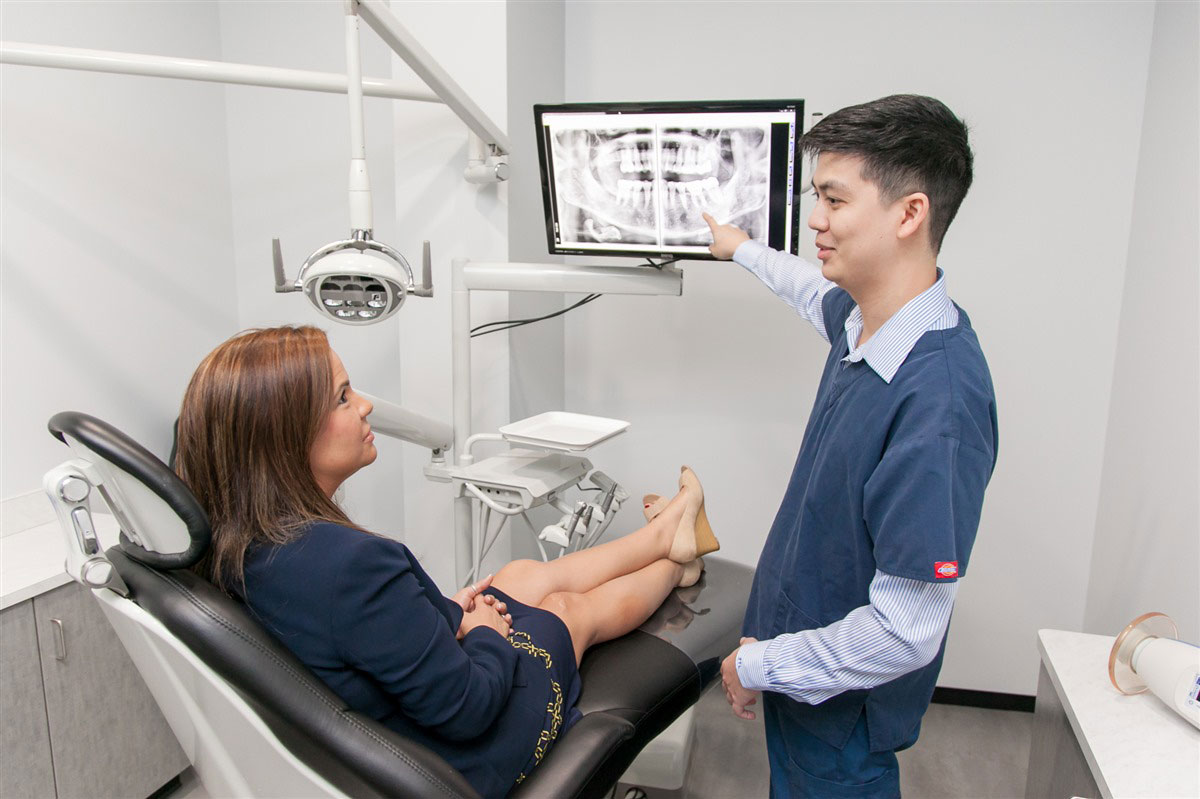What Does Laster Dentistry Entail?
Laser dentistry is the practice of using lasers to treat various dental disorders. They used it commercially for procedures requiring tooth tissue in clinical dentistry in 1989. Laser Dentistry Near Me may offer a more comfortable treatment option for several dental procedures involving hard or soft tissue than drills and other non-laser equipment.
Laser is short for "light amplification by stimulated emission of radiation." The gadget emits a very narrow and concentrated beam of light energy. When this laser light meets tissue, a reaction makes it possible to remove or shape the tissue.

How does laser periodontal surgery work?
Lasers are thin tubes that use focused and powerful light beams of thermal energy to perform various tasks during gum surgery. LANAP Laser Dentistry Near Me can:
- Remove diseased tissues.
- Coagulate blood vessels to form solid clots.
- Sterilize the areas.
- Kill bacteria and germs.
Laser Dentistry For Gum Disease work by making an energy change in atoms. The laser light shifts from its present resting state to an excited state stage, and it causes the atoms to form energy named spontaneous emission. When the atoms return to a resting state, they emit particles of light named photons, such as tissue cutting without incorporating a blade.
What goes into the procedure of laser gum surgery?
The LANAP or laser gum disease treatment procedure is a non-invasive way of treating gum disease. It is way better than traditional gum disease surgery and involves fewer risks and complications. According to Laser Dentistry Houston, here's what you should expect from laser gum surgery:
- Your periodontist will place the tip of the fiber optic laser just above the periodontal pocket. The laser is about three times smaller than human hair.
- It will use the laser's concentrated light to remove the gum tissue from the unhealthy and inflamed pocket. (The laser is designed to remove diseased tissue and does not harm or remove healthy gum tissue.)
- Periodontist at Dental Office Houston will clean the pockets from microorganisms and damaged tissue before the laser is set aside.
- Once the tartar and calcifications have been removed, your periodontist will utilize an ultrasonic cleaning tool to employ sound waves to dissolve and remove them.
- The laser is reinserted into the pocket to clean the bottom and eliminate any leftover debris.
- The laser sterilizes bone and tissue while also causing a blood clot to form. The blood clot speeds up healing and helps the gums reconnect to the toot, eliminating the need for stitches.

What should we expect after laser gum surgery?
Some people return to their regular routines the day after surgery. Some people need a few days to feel caught up completely. For the first one to two days, your periodontist might suggest that you rinse your mouth with warm salt water every few hours to ease discomfort. You might expect to have some slight soreness for a few days. Other temporary adverse effects may include:
- Minor swelling
- Slight bleeding
- Discoloration of gum tissue.
Conclusion
The above-given details and information tell us some valuable facts and aspects regarding laser gum surgery. For more helpful information and updates, please visit laserdentistrynearme.com.
Article source : https://www.articleaffiliate.com/what-does-laster-dentistry-entail/
Comments
Post a Comment